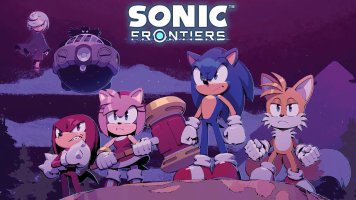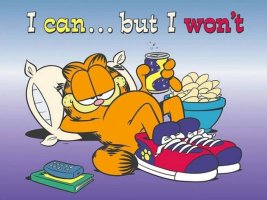It was the first home system to launch with the ability to connect to the internet and pioneered many other cool features – such as the VMU for saving data, which had its own display and could be used as a mini-handheld, and the ability to connect to a VGA monitor for sharper visuals. It also used off-the-shelf components, setting a trend that continues to this very day.
Clearly, the development and design of Sega's final home console is going to be of intense interest to fans, and our friends over at The Dreamcast Junkyard have been lucky enough to speak to Kenji Tosaki, who worked at Sega as Peripheral Development Manager from the 1990s until 2001, when he retired from the industry.
"The point of the triangle points toward the player, representing how the games and online content were to be player-focused"
The full interview is well worth a read, but one aspect that stood out to us relates to the design of the iconic Dreamcast controller, which Tosaki explains was very much an evolution of the Sega Saturn 3D pad.
When discussing the overall design language of the Dreamcast, Tosaki quotes Akitoshi Oikawa, lead director and producer on the design of the console:
The Dreamcast design is made up of simple shapes; squares, triangles, and circles. The point of the triangle points toward the player, representing how the games and online content were to be player-focused. From the console, straight to the player. But then the start button on the controller points towards the Dreamcast. That represents how, in response, the players reach out and connect with the console.
So, if you've ever wondered why the Dreamcast's Start button is that particular shape, then now you know.
Another interesting point raised during the interview relates to the absence of a second analogue stick on the Dreamcast pad – a feature which many people continue to lament, even to this day.
When asked if there were requests from within Sega for a second stick, Tosaki replies:
We didn't have any requests from the software side to add a second stick. It never even came up for discussion. In fact, after the Saturn, which had six face buttons, there was a lot of demand to have less, and change the Dreamcast controller to have just four face buttons.





